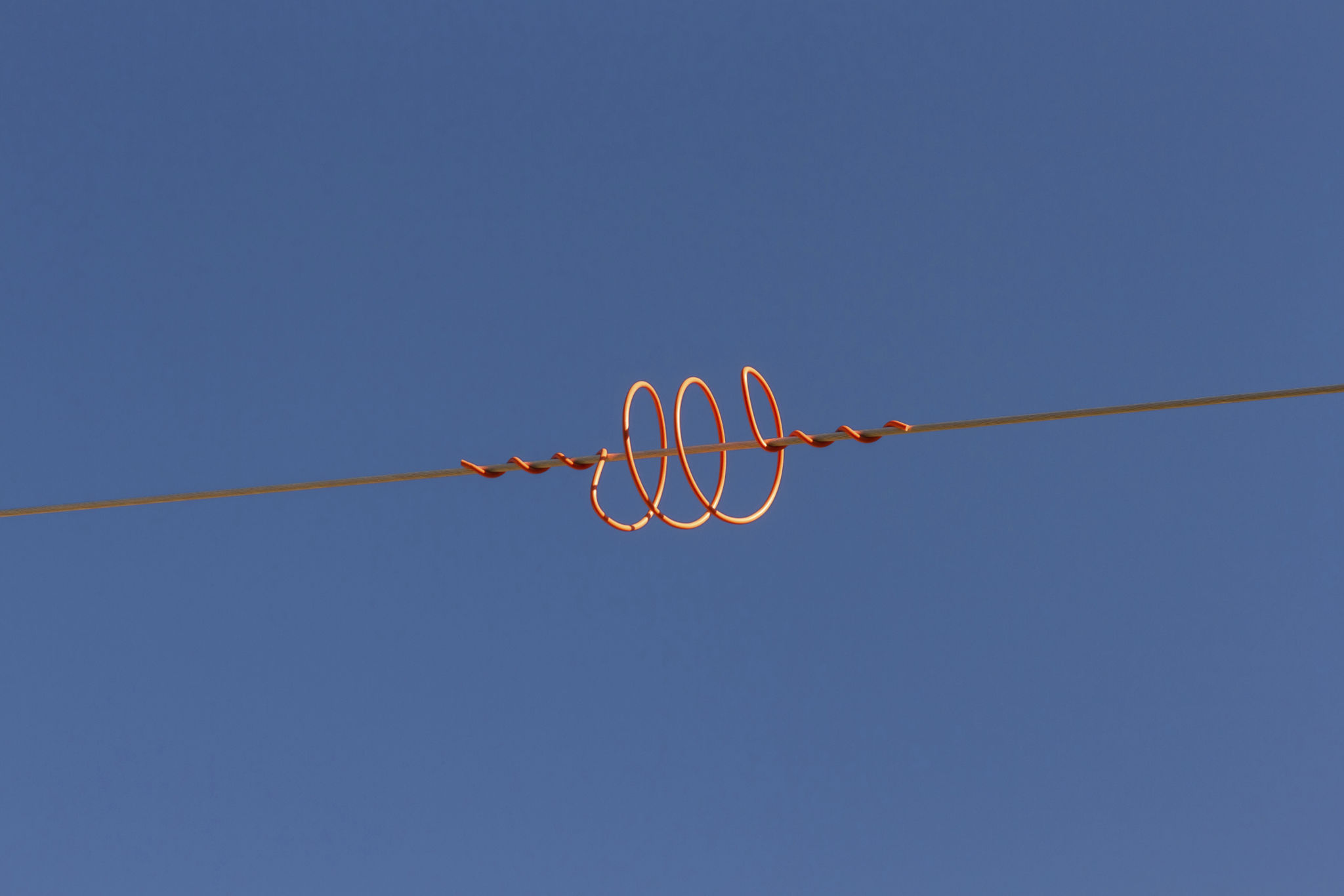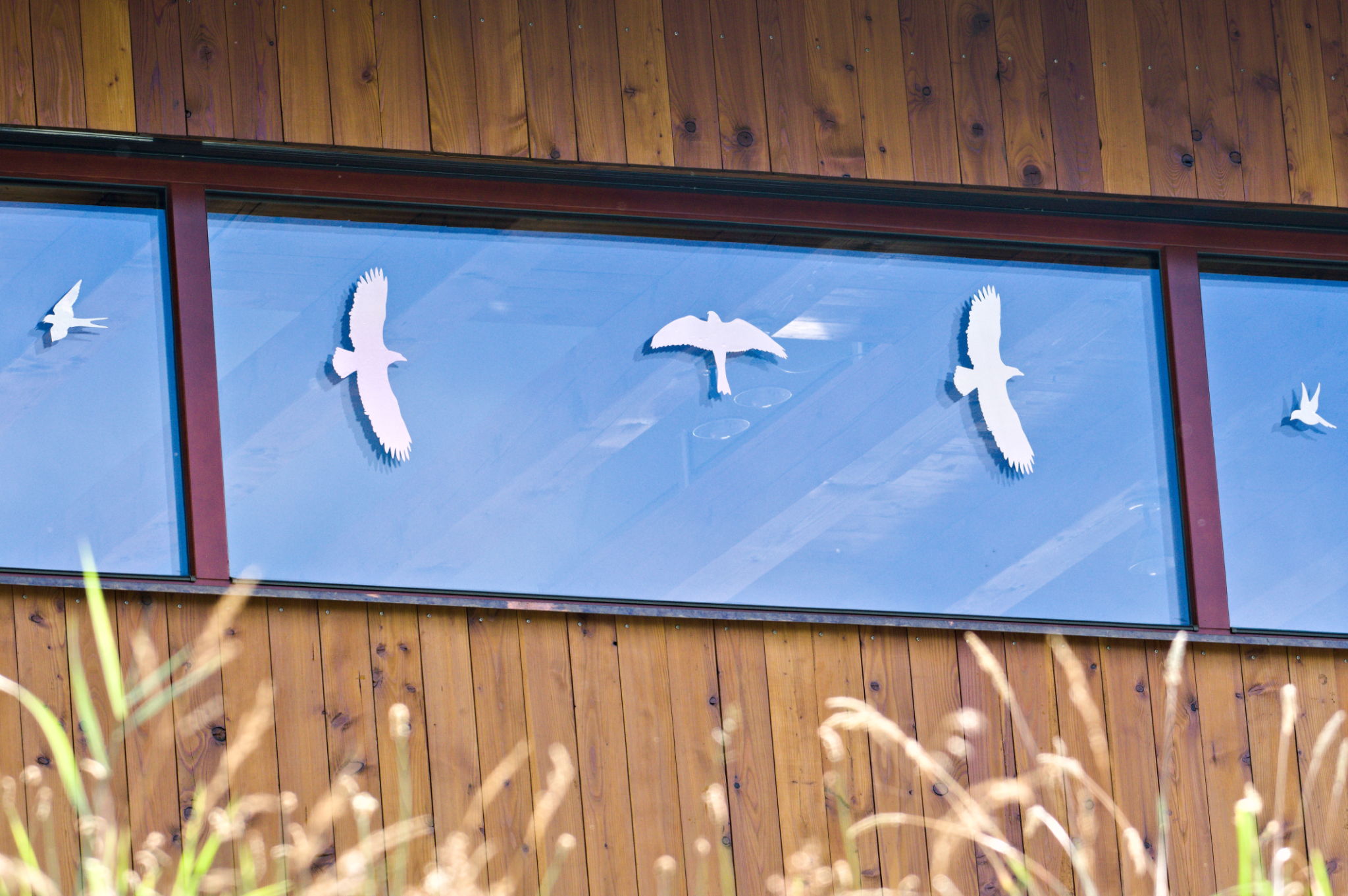Debunking Myths About Bird Flight Diverters
Understanding Bird Flight Diverters
Bird flight diverters have become an essential tool in our efforts to protect avian wildlife and maintain the integrity of man-made structures. Despite their growing use, several myths persist, leading to misunderstandings about what they are and how they function. This blog post aims to debunk these myths and provide a clearer understanding of bird flight diverters.

Myth 1: Bird Flight Diverters Are Harmful to Birds
One of the most common misconceptions is that bird flight diverters harm birds. In reality, these devices are designed with the safety of birds in mind. Bird flight diverters are used to make power lines, communication towers, and other structures more visible to birds, reducing the likelihood of collisions. They are typically lightweight and unobtrusive, allowing birds to see and avoid them easily.
Myth 2: Bird Flight Diverters Are Ineffective
Another myth is that bird flight diverters do not work effectively. Studies and observations have consistently shown that when properly installed, these devices significantly reduce bird collisions. The effectiveness of bird flight diverters lies in their ability to increase the visibility of structures in the birds' flight paths, often reducing collision rates by up to 90%.

Myth 3: All Bird Flight Diverters Are the Same
It is a common belief that all bird flight diverters are identical. In fact, there is a variety of designs tailored to different environments and species. Some diverters may have reflective surfaces, while others use bright colors or flashing elements to catch the attention of birds. This diversity ensures that the right type of diverter can be used for specific situations, enhancing their overall effectiveness.
Myth 4: Bird Flight Diverters Are Expensive
The perception that bird flight diverters are prohibitively expensive often discourages their use. However, when considering the long-term benefits, including reduced maintenance costs due to fewer collisions and the conservation of wildlife, they prove to be a cost-effective solution. Additionally, many organizations offer financial assistance or incentives for installing these devices.

Myth 5: Installation Is Complicated
Some people believe that installing bird flight diverters is a complex process. While it does require some planning and expertise, installation is generally straightforward. Most manufacturers provide detailed instructions and support, ensuring that even those with minimal technical knowledge can successfully set up these devices.
Myth 6: Bird Flight Diverters Only Benefit Large Birds
While it is true that larger birds like eagles and hawks greatly benefit from bird flight diverters, these devices also aid smaller species. By making obstacles more visible, bird flight diverters help protect a wide range of avian species from harmful collisions, contributing to broader biodiversity conservation efforts.
The Importance of Debunking These Myths
Debunking myths about bird flight diverters is crucial for increasing their adoption and improving outcomes for wildlife conservation. By understanding the true benefits and functionality of these devices, more individuals and organizations can make informed decisions that support both ecological preservation and infrastructure safety.